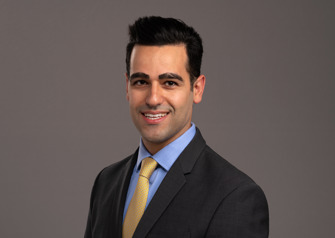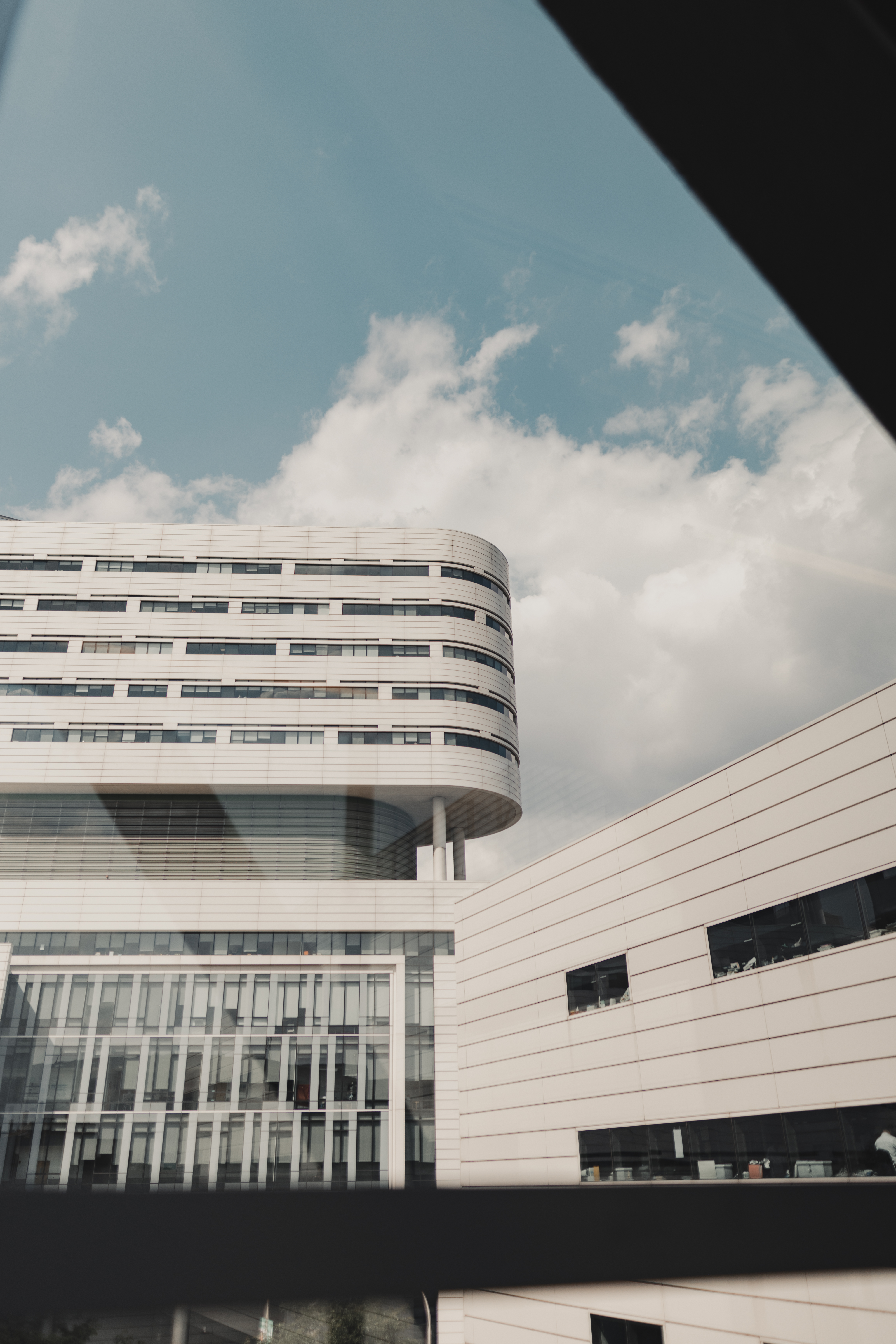
News
Top 5 Things To Know About a Herniated Disc in Your Low Back
Date posted: 10/13/2022
Last updated: 10/13/2022
Table of Contents
By Arash Sayari, MD
Low back pain is one of the most common reasons people visit their doctors. In fact, up to 3 out of every 4 people will experience back pain bad enough to visit their doctor! The good news is most low back issues have simple solutions. The bad news is you might find yourself struggling to work, exercise, or do the simple activities of daily living.
Before we get into the most important things to know about herniated discs, let me give you some background on what the “disc” is.
The discs in your spine are called intervertebral discs, and they are jelly like material between the bones in the front of your spine that provide a lot of function. Most importantly, they act as shock absorbers to help uniformly transmit loads through your vertebral column, and even help with the flexibility and movement of the spine.
The jelly-like material (called the nucleus pulposus) is housed within a tough fibrous material on the edge (called the annulus) preventing it from escaping. But due to various factors (we’ll get to some below), the jelly can squirt out and crush nearby nerves, causing pain, discomfort, numbness, and even weakness.
1. Disc herniations are not all alike.
Disc herniations or a herniated nucleus pulposus (HNP) come in many flavors. Disc herniations can vary in their location of the disc, and each type can cause different symptoms. It’s important for your surgeon to understand these differences as each will have different treatment options.
Disc bulges are disc herniations are not the same thing. While an MRI report may suggest a disc bulge (which is discussed in a different topic), a disc herniation is when the actual disc material escapes through the torn annulus ring. Disc bulges are common in patients without any specific symptoms. In fact, if we got an MRI on 100 normal individuals aged 30-60 years of age, we would see a disc bulge in many.
2. Most people with disc herniations don’t remember the cause.
By default, we all try to point a finger at a specific moment a patient had a disc herniation. Maybe it was carrying heavy furniture during a move, or lifting a suitcase into an airplane, or even twisting in a funny way while gardening. But the truth is, most patients didn’t have a specific event. Rather, it’s a combination of genetics and environmental factors that predispose certain patients to disc herniations or tears in the annulus (outer fibrous ring), and the jelly can make its way out, causing pain.
3. Disc herniations can cause back pain, leg pain, butt pain, and everything in between.
A lot of patients ask me why their leg hurts when they herniated a disc in their low back. While it’s a great question, it’s simple to point out that the nerves getting squeezed by the disc herniation supplies the muscles of the legs. The various nerves within the spinal sac exit out of their respective tunnels and travel in different patterns down to the legs and feet, and if they get pinched, they can cause pain, numbness, tingling, and even weakness anywhere along that path. This is called a radiculopathy.
4. Most patients with a disc herniation need no treatment.
While disc herniations of the lumbar spine are quite common, our bodies are extremely resilient and send off macrophages to eat away at the floating disc material that it now sees as a “foreign object.” From the time of a disc herniation, macrophages can eat away at the nucleus pulposus over the course of days to weeks, whereby patients will often have a sense of improvement in their symptoms.
When we see patients with back and/or leg pain, X-rays are a first-line modality to evaluate the spine. If these X-rays are normal, we can sometimes hold off on advanced imaging like an MRI until the symptoms persist or even worsen. In the meantime, trying anti-inflammatories, heat/ice, activity modification, and physical therapy are a great first-line treatment option depending on the history, physical exam, and imaging findings.
When do we become more concerned? When pain in the back and/or legs persists, continuously worsens, or if patients begin to develop symptoms such as numbness, tingling, or weakness, which can indicate early nerve damage. Sometimes, disc material can be so large that it can compress multiple nerves or the entire spinal sac which could alter your ability to urinate or cause numbness in the perineal region. This can become an emergency (called cauda equina syndrome) in which case you should alert your surgeon right away.
If symptoms from a disc herniation persist despite medications and physical therapy, epidural injections can be a more direct form of reducing the inflammation caused by a disc herniation. While an injection or medications won’t change the structure of your spine, the goal is to buy you enough time so that your body can absorb the foreign disc material and allow you to feel better.
If you are one of the patients who is still experiencing pain despite all of the above attempts at treating a disc herniation, surgery may be your best alternative. Surgery in my hands generally involves a minimally invasive approach without muscle disruption where a microscope is used to carefully remove the disc fragment. Patients go home the same day as surgery and can often drive or go back to work days later.
5. There are ways to prevent disc herniations!
As I mentioned before, genetics plays a large role in disc herniations and other pathology of the spine. However, we can optimize the environmental factors to hopefully minimize the risk of suffering from a disc herniation.
For one, it’s important to work on the core. In brief, this is made up of the abdominal muscles, muscles of the back, glutes, quads, and hamstrings. If we can keep our “core” strong and lean, we can help offload the biomechanical forces our spine and disc sees. Weight loss is another way to reduce the load seen by our spine.
A healthy diet also plays a large role in minimizing inflammation to the spine and can help with back pain from disc herniations. Furthermore, a healthy diet contributes to weight loss.
Finally, tobacco/nicotine avoidance is crucial. Smoking tobacco products greatly reduces the blood flow to the intervertebral discs and predisposes patients to disc herniations (as well as other spine related issues), not to mention the overall negative health effects of smoking. I strongly encourage all my patients who are currently smoking to quit as soon as possible.
In summary, even though a majority of back pain can be linked to muscle sprains and strains, disc herniations are a major issue across the globe. The good news is that most people get better without treatment, and for those who need treatment, there are various simple solutions to get you better.
Please feel free to visit me for a consultation regarding your spine or low back where we can discuss your diagnosis and treatment in further detail. I offer free MRI reviews and telehealth options. My office can be reached for scheduling at (708) 492-5967.
About Dr. Arash Sayari
Dr. Arash Sayari is a fellowship-trained orthopedic spine surgeon focusing on the neck, spine, and low back. Dr. Sayari has quickly risen in the ranks amongst spine surgeons worldwide, credited to his hard work and dedication to his patients.
Dr. Sayari is an award-winning researcher, earning thousands of dollars in grants to create curriculums and design studies. He has since published dozens of articles and has presented his work nationally and internationally at medical conferences. Dr. Sayari is a critical reviewer for several medical journals, influencing how spine surgery is performed worldwide.

